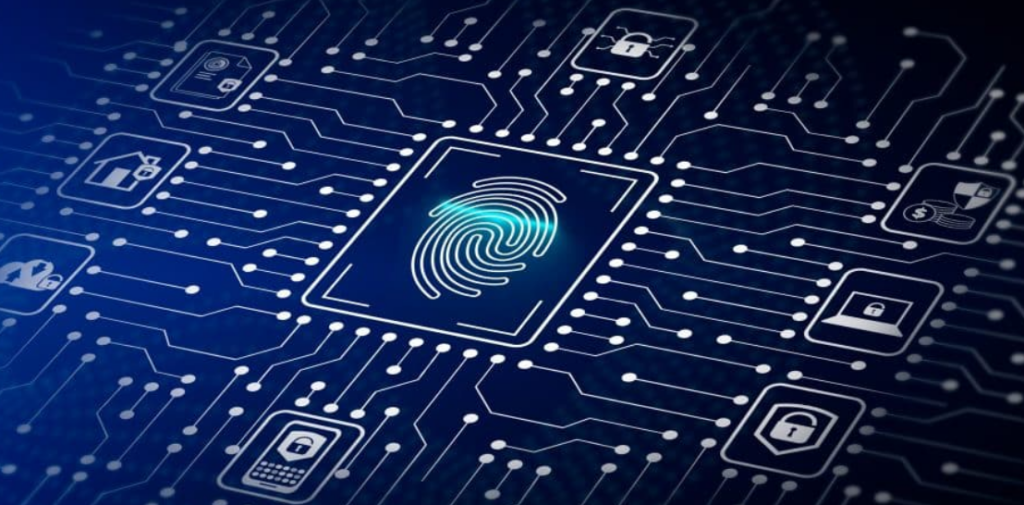 By Chris Burt
By Chris Burt
The U.S. Department of Homeland Security wants to set up a cloud-based latent fingerprint biometric examination capability within its Automated Biometric Identification System (IDENT).
The request for information asks for a complete estimate of costs involved, including licensing, computing resources, labor, migration of files and maintenance. The system should be costed based on hosting in the AWS GovCloud West Region, with a single zone of availability but an option to scale to more.
IDENT is operated by DHS’ Office of Biometric Identity Management (OBIM), and includes two galleries of latent fingerprint biometrics.
One of those galleries is made up of around 30 million identities, and growing by 3 million a year. It includes a million two-print records and 19 million ten-print records. The other contains 300 million identities, with ten-print biometric records for 270 million of them, and annual growth of 18 million more records.
The system needs to support 80 to 100 searches an hour at peak times, or 1,500 per day per gallery. Matcher response times should be below 10 minutes and 60 minutes for the two different galleries, and submissions should present matching accuracy rates. DHS also asks that vendors explain their approach to auto-encoding latent prints, and the accuracy of those encodings.
OBIM also has an unsolved latent file (ULF) gallery, with 500,000 records, that it wants to be able to run reverse cloud searches of. This system has an average peak hourly rate of 12,000 known-to-latent searches, mostly for ten-print records. Latent-to-latent search volumes and time targets are similar to those for the above galleries, but OBIM wants a threshold approach that “maximize[s] accuracy while minimizing what needs examiner review.”
A graphical user interface tool for latent examiners is also sought. OBIM wants to know the cost for an enterprise license with 100 users.
The agency also wants to know about algorithm updates and interoperability with other vendors.
Responses will be accepted up until January 10, 2025.
OBIM also remains in the midst of a long-anticipated switch-over from IDENT to its new HART biometrics platform. The RFI follows one released in September for help with research and development as it transitions to HART.
This post was updated at 8:00pm Eastern on November 25 to clarify the distinction between the new and previous RFIs.
Source: Biometric Update
Chris Burt is managing editor and industry analyst at Biometric Update. He has also written nonfiction about information technology, dramatic arts, sports culture, and fantasy basketball, as well as fiction about a doomed astronaut. He lives in Toronto. You can follow him on Twitter @AFakeChrisBurt.
Become a Patron!
Or support us at SubscribeStar
Donate cryptocurrency HERE
Subscribe to Activist Post for truth, peace, and freedom news. Follow us on Telegram, HIVE, Minds, MeWe, Twitter – X and Gab.
Provide, Protect and Profit from what’s coming! Get a free issue of Counter Markets today.
